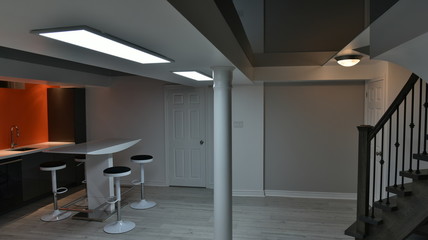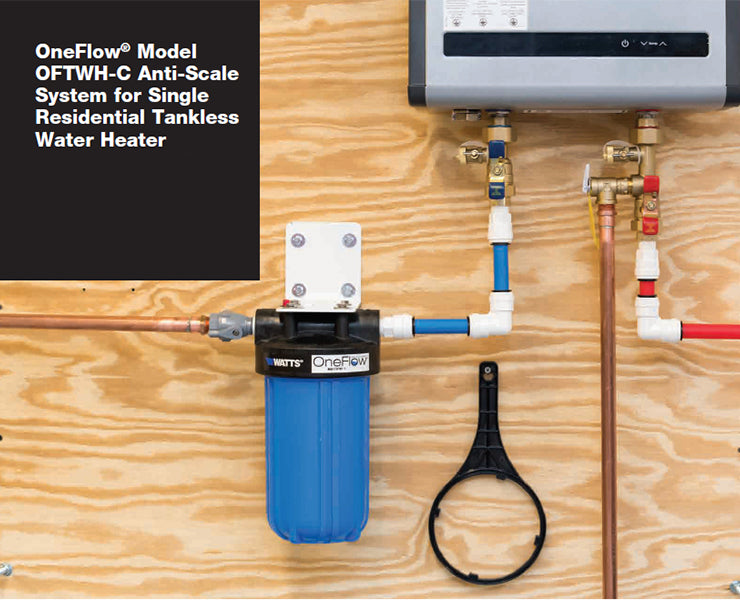Finishing the basement is an easy way to add valuable living space. It can also increase the resale value of your home. It is especially useful if you have limited options to expand your home because of zoning laws or restrictive local ordinances.
A contractor will be able to deal with any problems that arise during the project. To avoid costly mistakes, hire a professional J&R Construction.

Adding A Bathroom
Adding a bathroom to your basement is a great way to increase the value of your home. This project can cost $65,000 or more, but it will likely return 50% of its initial investment upon the sale of your home. This is a worthwhile investment and it will make your house more functional and comfortable.
It is important to consult a remodeling company before starting a basement remodel because they will be able to provide advice on what you can do with your space and how much it will cost. They will also be able to ensure that your budget and timelines are realistic.
When constructing a new basement bathroom, it is necessary to comply with local building codes and obtain work permits. This is because the new basement bathroom will need to be connected to water lines, sewer lines, and electrical connections. If you don’t get these permits, you may be forced to stop your project or fined for illegal construction.
Before your contractor begins the project, they will need to clean and prepare the basement for remodeling. They will need to remove all of the boxes, bins, and trash that are in the basement. They will also need to clear away any obstructions that are in the way of walls or doors. Once the basement is clean and ready, your contractor will install insulation. This will help to keep the room warm and dry. They will then frame the walls and add drywall. They will also install trim and paint the room. Choosing the right type of trim is important because it will need to be durable enough for high-humidity environments.
Your contractor will then install the pipes for the shower, toilet, sink, and bathtub. These will include drain pipes and vent pipes that connect to the existing sewer line. They will also install the water supply pipes that will feed the fixtures in your new basement bathroom. If you are installing a tub and toilet, your contractor will need to dig into the concrete floor of your basement to install plumbing. You can avoid this by using an up-flush toilet or compostable toilet system, both of which require a basement toilet but don’t require jackhammering into your concrete foundation.
Adding A Kitchen
A basement kitchen is a wonderful addition to any home and increases its value. However, there are some important things to keep in mind when designing the kitchen to ensure that it meets local building codes and is safe for use. These codes typically include a minimum floor-to-ceiling height, means of egress, and a sprinkler system. It is also a good idea to hire a professional basement renovation contractor to make sure that all the necessary work is done correctly.
The first step is to plan the layout. To do this, consider the space you have available and the number of appliances you want to include in the kitchen. Then, determine how much you are willing to spend on the remodel. This will help you find a contractor who can give you the best possible results for your budget.
If you have a small budget for your kitchen, you can still get the look you want by choosing cost-effective materials and finishes. For example, you can save money by using paint instead of tile on your backsplash. You can also save by purchasing builder-grade fixtures and appliances instead of high-end options. Finally, you can reduce your remodeling costs by eliminating a stove or by adding a gas line to your existing electric kitchen.
When remodeling your kitchen, you should also think about the lighting. The basement is often dark, and lighting can make a big difference in the feel of the room. You can improve the light in your kitchen by installing new LED lights or recessed ceiling lighting. You can also add reflective surfaces like glossy tiles or metallic cladding to brighten the space.
Another important factor to consider is plumbing. Unless your basement is already finished, you will have to install a sink, water lines, and drain lines. You may even need to install a new furnace and air conditioning. These expenses can quickly add up, but you can minimize these costs by hiring a contractor who specializes in basement remodels.
If you have a large budget for your basement kitchen, it is important to choose the right contractor. A reputable contractor should be licensed and insured. They should also have experience working in kitchen and bathroom renovations. They should be able to provide you with a detailed proposal and estimate for the project. They should also be able to answer your questions about the project.
Adding A Family Room
If you have kids and a basement that’s prone to cluttered mess, a family room addition might be the answer. It can help keep the toys and games out of sight and mind, so you don’t have to spend your time picking them up. It’s also a good way to make your basement more fun and inviting for the entire family. In addition, you can expect to recoup 70 percent of the cost of this type of renovation when you sell your home.
It’s important to choose a contractor with a reputation for quality work. In addition, the contract should be written and include a timeline for the project and details of how you will be billed. It should also be signed by both the homeowner and the contractor. If the contract terms are unclear or unfair, it’s best to find a different contractor.
While many people use their finished basements as living space, it’s still important to consider reserving some space for storage. This is where you’ll likely store seasonal items, sports equipment, and bulk food. This is a great way to declutter your home and free up more storage space upstairs.
One of the most common ways to add a family room to your basement is by installing a drywall ceiling. This will create a more finished appearance and will prevent moisture from damaging the walls. The installation process is fairly easy and can be completed by any homeowner with basic tools.
You can also use a drop ceiling to save space. While it is less expensive than a drywall ceiling, it can also be damaged by moisture. In addition, it’s not as durable as a drywall ceiling and may require regular maintenance.
If you want to turn your basement into a home theater, you can install a large flat-screen TV and surround-sound speakers. You can even include a bar and a comfortable sectional. To complete the look, add a few high-tech touches like WiFi and hard-wired surround-sound speakers.
You can also bring in natural light by adding a row of high windows to your basement’s ceiling. This will increase the amount of sunlight in the space and will be a nice design feature. You can take this idea to the next level by installing a walk-on glass roof light that will let in plenty of natural light.
Adding A Bedroom
A basement remodel is a great way to add a new bedroom to your home. This livable space will increase your family’s privacy and may also add value to your property. However, the cost of a basement bedroom can vary considerably depending on the design and quality of materials used.
Before starting a basement bedroom addition, make sure you hire a qualified contractor to do the job. If you choose to have the walls poured, the contractor will first need to excavate a footing. This is a strip of concrete that extends down into the earth and spreads the weight of the walls above. This prevents the basement from sinking into the ground. The footing is typically poured in one piece, but it can also be made out of block or masonry.
In most jurisdictions, it is necessary to apply for and receive a building permit before beginning a basement remodeling project. This is particularly important if you are adding walls or modifying existing plumbing and electrical systems. In some cases, you may need to hire a professional inspector to ensure that the work is up to code.
The average cost of a basement bedroom addition can range from $10,000 to $15,000. This includes the labor and materials needed to finish the room. Depending on the amount of work involved, you may need to pay for a professional designer and an electrician. Paint is another item that can add up to the overall price tag.
When remodeling your basement, you should consider adding a drywall ceiling to give it a finished look. You can choose between a drop ceiling, which hides pipes and floor joists while leaving them accessible, or a drywall ceiling, which is more costly but provides a better aesthetic.
In addition to a new bedroom, you can add a family room or a playroom to the basement. Depending on your budget, you can even add an egress window. These windows are a must for any home, as they are an easy and inexpensive way to bring natural light into the basement. Moreover, these windows can help you save on energy bills by reducing heat transfer and drafts.



